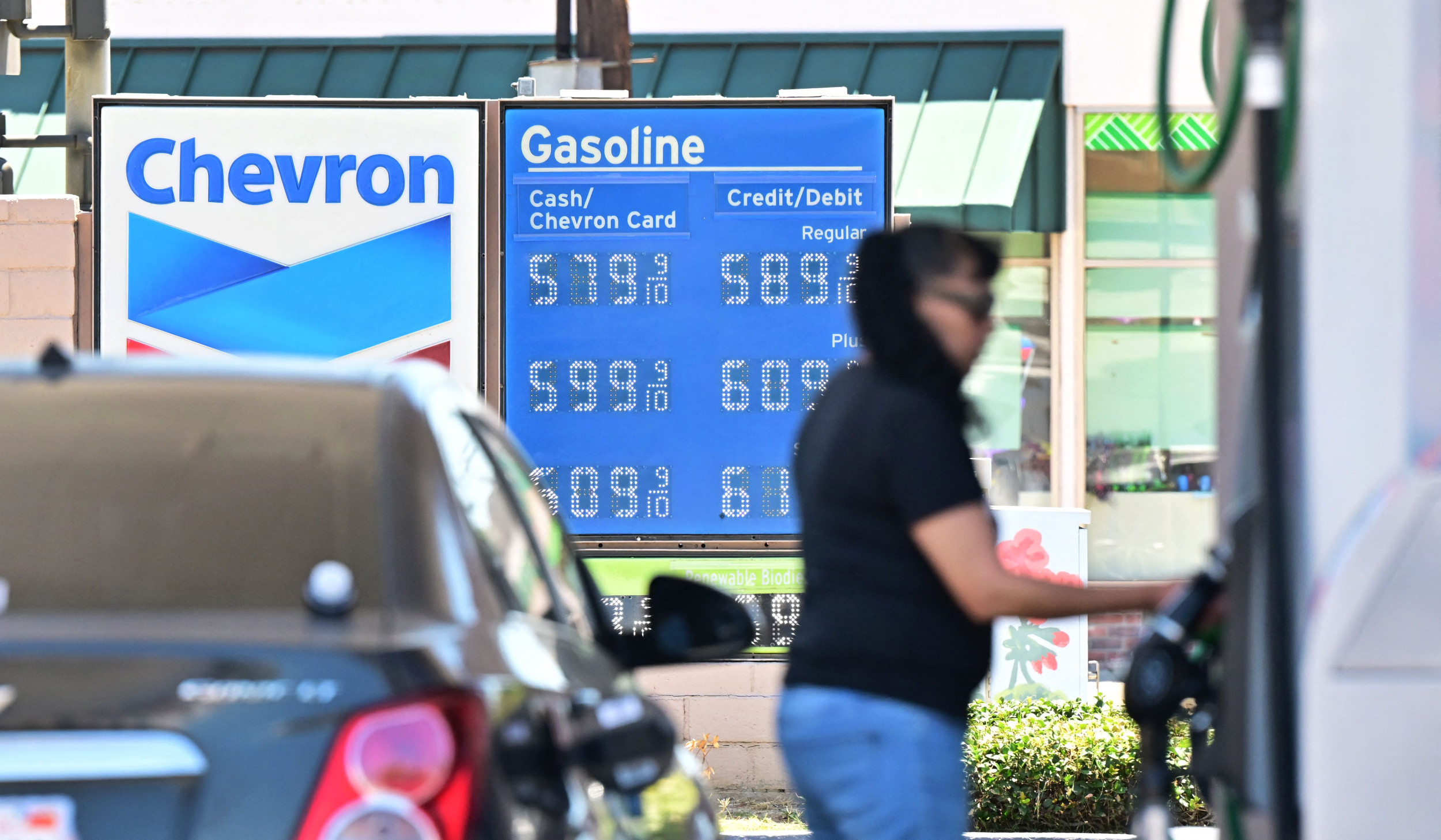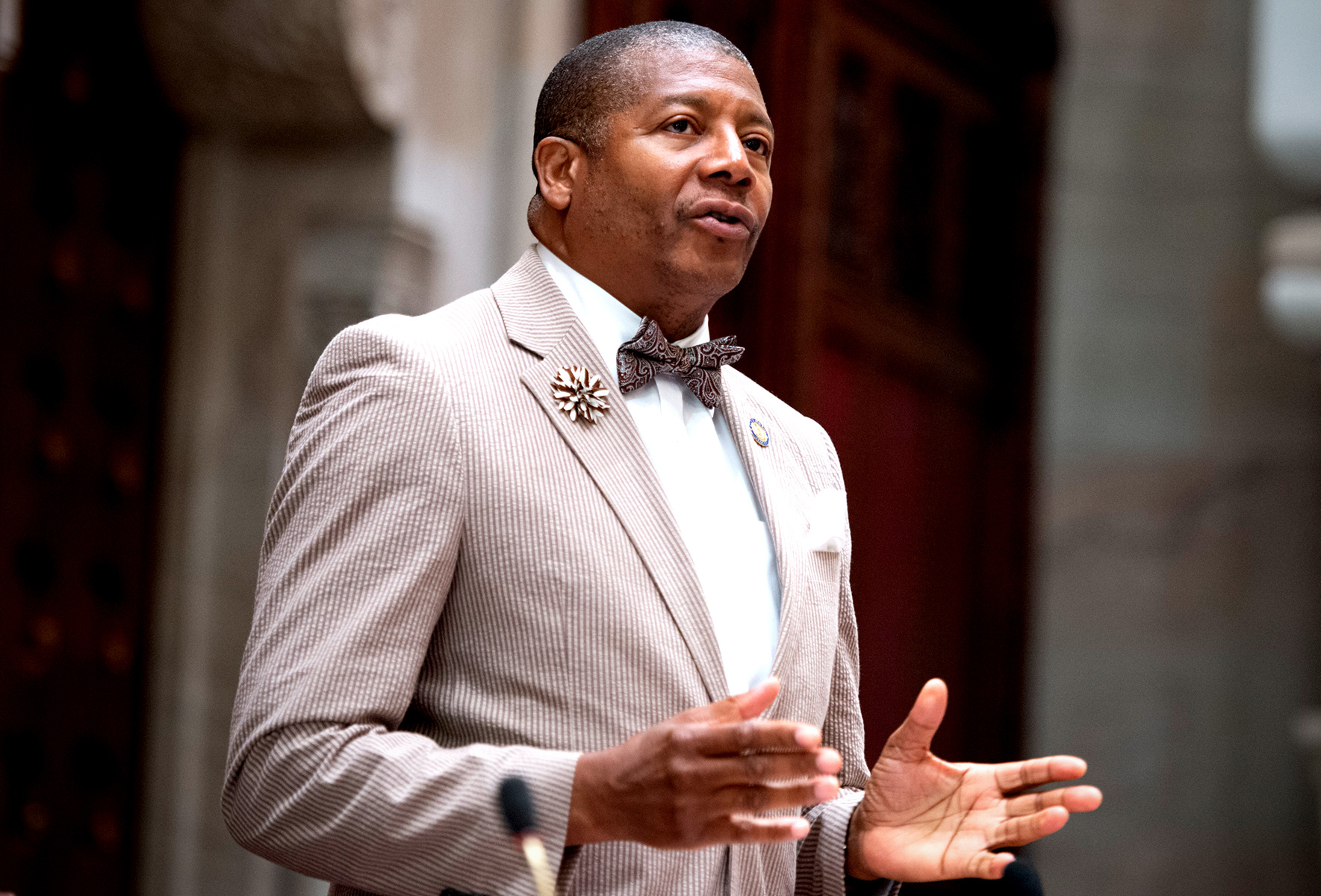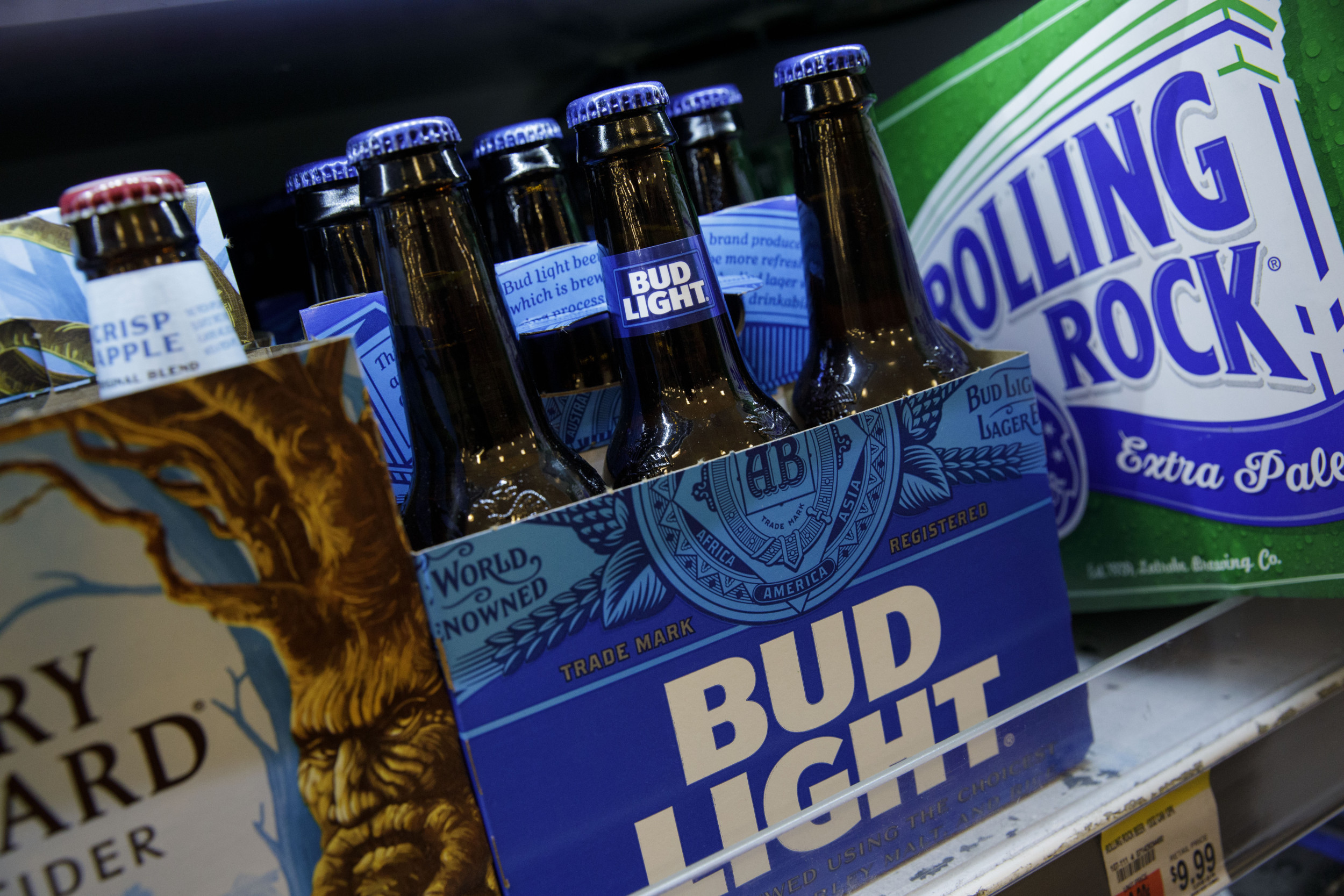Before-and-after photos show the extent to which wildfire smoke has engulfed New York City as it drifted down from Canada.
Canada is currently experiencing its worst-ever wildfire season. The blazes are raging in nearly every province of the country, with Quebec being the worst affected so far.
This smoke has been carried to the East Coast of the U.S., blanketing major cities like New York in an eerie haze.
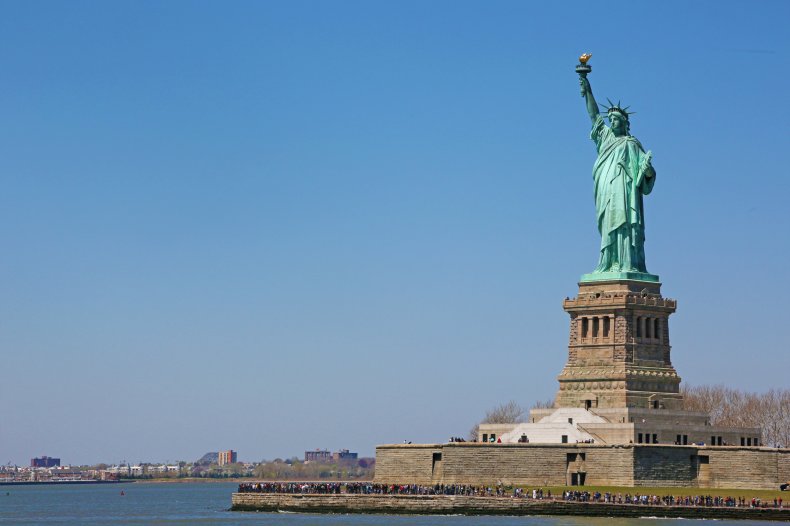
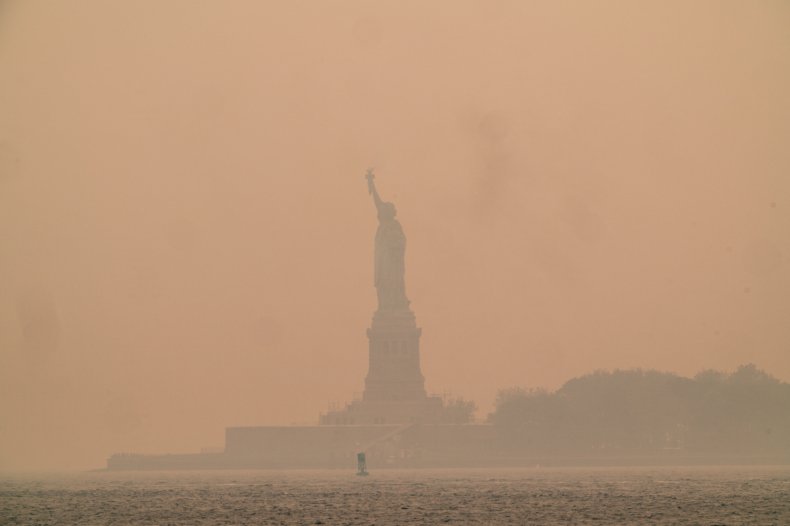

Many of the city's landmarks can barely be made out through the smoke, which is now causing the worst air quality of any city in the world.
Pictures taken on June 7, when the smoke started to descend on the city, show just how engulfed the city is.
One photograph shows a smoky haze surrounding the Statue of Liberty from the Upper Bay district. Another pictures the Empire State Building blanketed in the smoke.
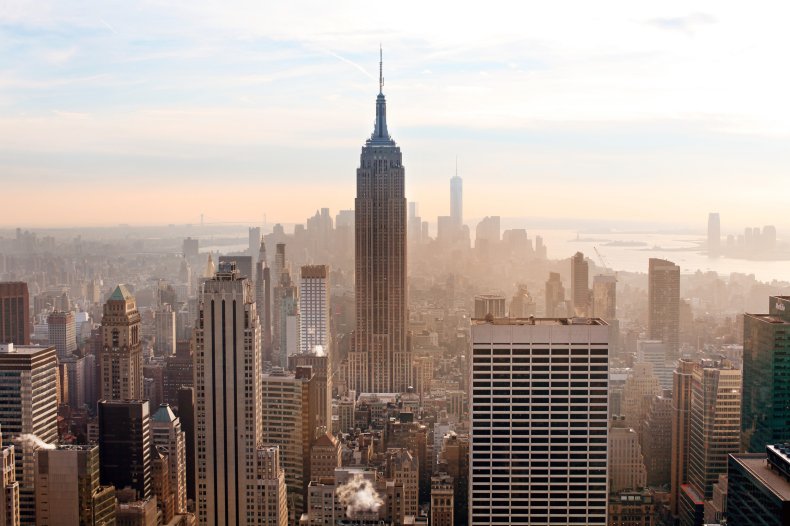


A timelapse posted by the National Weather Service illustrates another view of the New York skyline, with the world trade center clearly visible, and how it has almost disappeared as the smoke descended on the city.
Check out this almost unbelievable time-lapse of wildfire smoke consuming the World Trade Center and the New York City skyline.
— NWS New York NY (@NWSNewYorkNY) June 7, 2023
Those vulnerable to poor air quality, including seniors and young children, should limit time outdoors if possible.
More: https://t.co/ChRuWv7X6E pic.twitter.com/mtKtLun8lN
"Those vulnerable to poor air quality, including seniors and young children, should limit time outdoors if possible," the National Weather Service (NWS) said in a tweet.
Across the north-east, air quality is being put in the "Unhealthy, Very Unhealthy, and Hazardous categories across [the] area," the NWS said in a statement.
An update issued by the NWS on June 8 reported that the air quality "will remain poor today across the Tri-State Region."
The conditions can pose serious risks to human health, particularly those with respiratory issues.
In the short-term, the wildfire smoke could cause irritation to the throat, nose, lungs and eyes. It can also increase the chance of certain cardiovascular and respiratory diseases.
"The surface smoke pollution from New York to the D.C. region is easily the most significant since at least July 2002, when a similar situation occurred with nearby fires in Quebec," Ryan Stauffer told NASA Earth Observatory. He is an atmospheric scientist based at NASA's Goddard Space Flight Center in Greenbelt, Maryland. "This event is rivaling, and in some cases will likely surpass, the observed 2002 smoke pollution."
Do you have a tip on a science story that Newsweek should be covering? Do you have a question about the wildfires? Let us know via science@newsweek.com.

